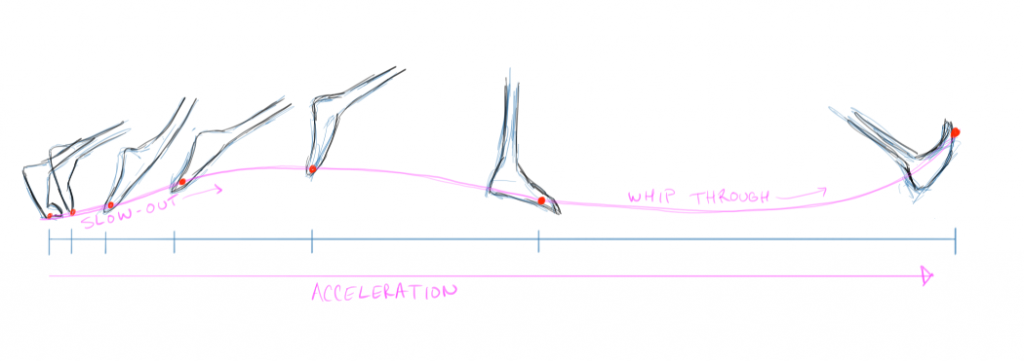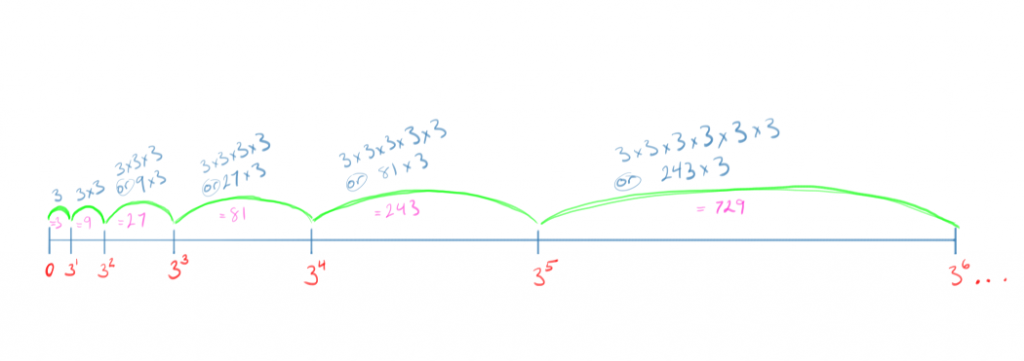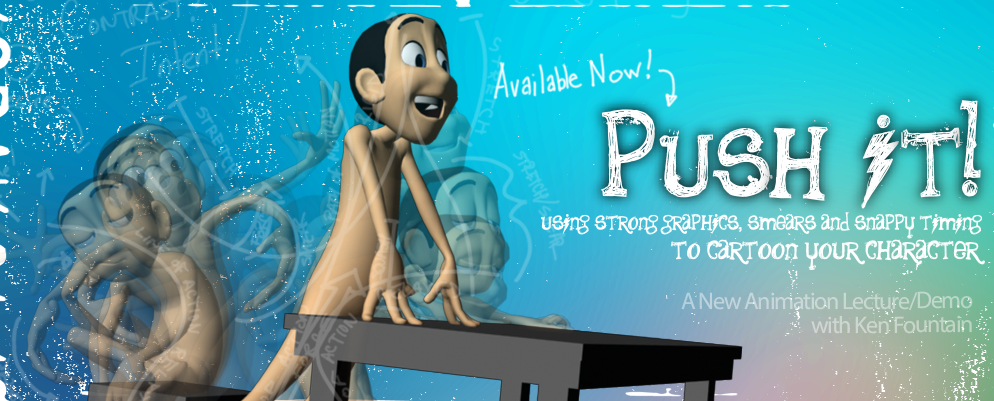Animation Algebra.
by
Blame it on a sudden curiosity in robotics (and the math that drives it all), but I have recently begun to see animation principals in terms of equations.
For instance, the principals of timing and spacing, the foundation of what we do as animators. These have an obvious mathematical relationship to themselves when it comes to communicating motion and force.
Consider the classic formula for calculating velocity:
velocity = distance / time
This is exactly what we use to create a feeling of force and acceleration in our animated objects as well. Except, in this case, we simply substitute the word “distance” with the word “spacing”, and “time” with the more familiar “timing”.
velocity = spacing / timing
It is, of course, pretty much the same thing. We are measuring the distance that a particular object travels across the frame measured in certain units of time (24 frames per second) – it’s velocity. An object’s velocity changes continuously in the course of an animated shot, especially a more organic animation. So, we need to communicate the changes in that velocity (acceleration and deceleration) in a believable, and, surprisingly, a mathematical way.
Think about these changes in velocity like an exponential value – like a number “to the power of”. When you give an exponential value to a number, you are multiplying it by itself, and then by itself again, and again, and so on. So, unlike a simple addition formula, the difference between exponential results get larger and larger with each multiple iteration.
(I realize the values above are bit large, and we should be working in decimals or percentages. But the general idea is still the same.)The same mathematical idea can be (I daresay should be!) used when communication changes in velocity – or the more familiar “slow-in” and “slow-out”. Allowing your spacing to increase or decrease at a rate that is almost exponential will help you avoid the dreaded “pop” that happens when an objects spacing breaks the expected flow. That expected “flow”, by the way, is an audience’s unconscious acceptance of an exponential increase or decrease in spacing across a certain length of time, I would argue. They just “know” what the spacing of a certain object should look like speeding up and slowing down according to it’s weight.
 And as you get more sophisticated polishing your spacing, you are able to wield the most subtle forms of slow-in and slow-out to create just the right feeling of acceleration, deceleration and overall force and weight that you intend (or that your supervisor intends!).
And as you get more sophisticated polishing your spacing, you are able to wield the most subtle forms of slow-in and slow-out to create just the right feeling of acceleration, deceleration and overall force and weight that you intend (or that your supervisor intends!).
Communicating movement with a polished sense of spacing involves constant calibration of acceleration and deceleration of the objects (or parts of objects) in your scene at all times. And pushing and exaggerating those velocity changes is what creates the most interesting and entertaining movement.
(image credit: http://www.soundidea.org/rovan/index.html)
Rarely do masses move through space at a constant velocity (unless they are machines, or moving in a vacuum). Yes, certain stylized animations may call for breaking the rules in this way – rigidly even motion or totally frozen holds. But the foundation of believable motion is determining how to describe the changing velocity of an object or body part within the timing you are given (or choose) to do so.
Is there an actual formula or calculator or spacing script I could use to get it right every time? Nah. I’m not too confident there is or could be one. You just have to learn to see it when it works.
Seeing the math of it all really helps. At least it feels like it’s helped me.
And then totally un-learn it, of course, and just have fun. 🙂
/ken






